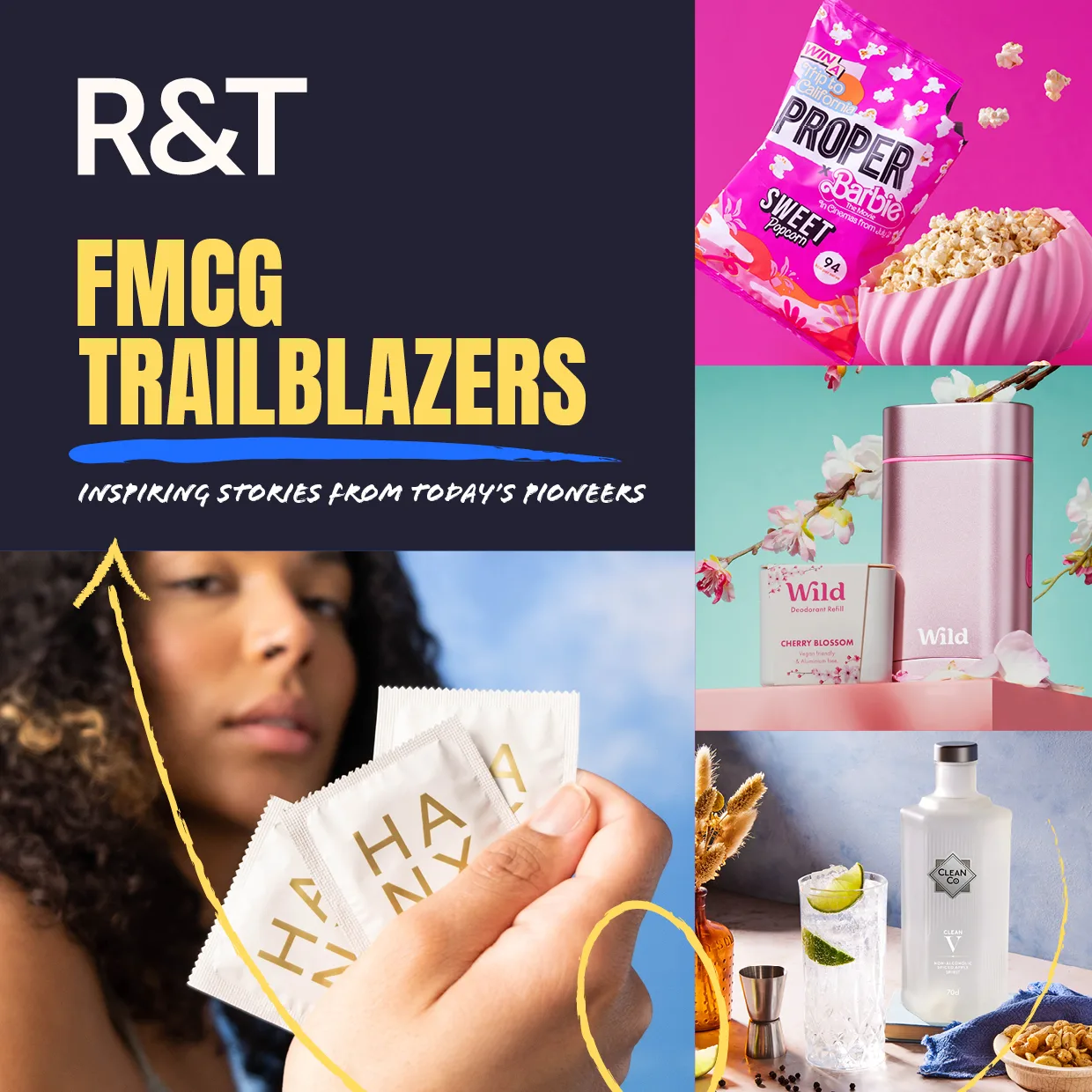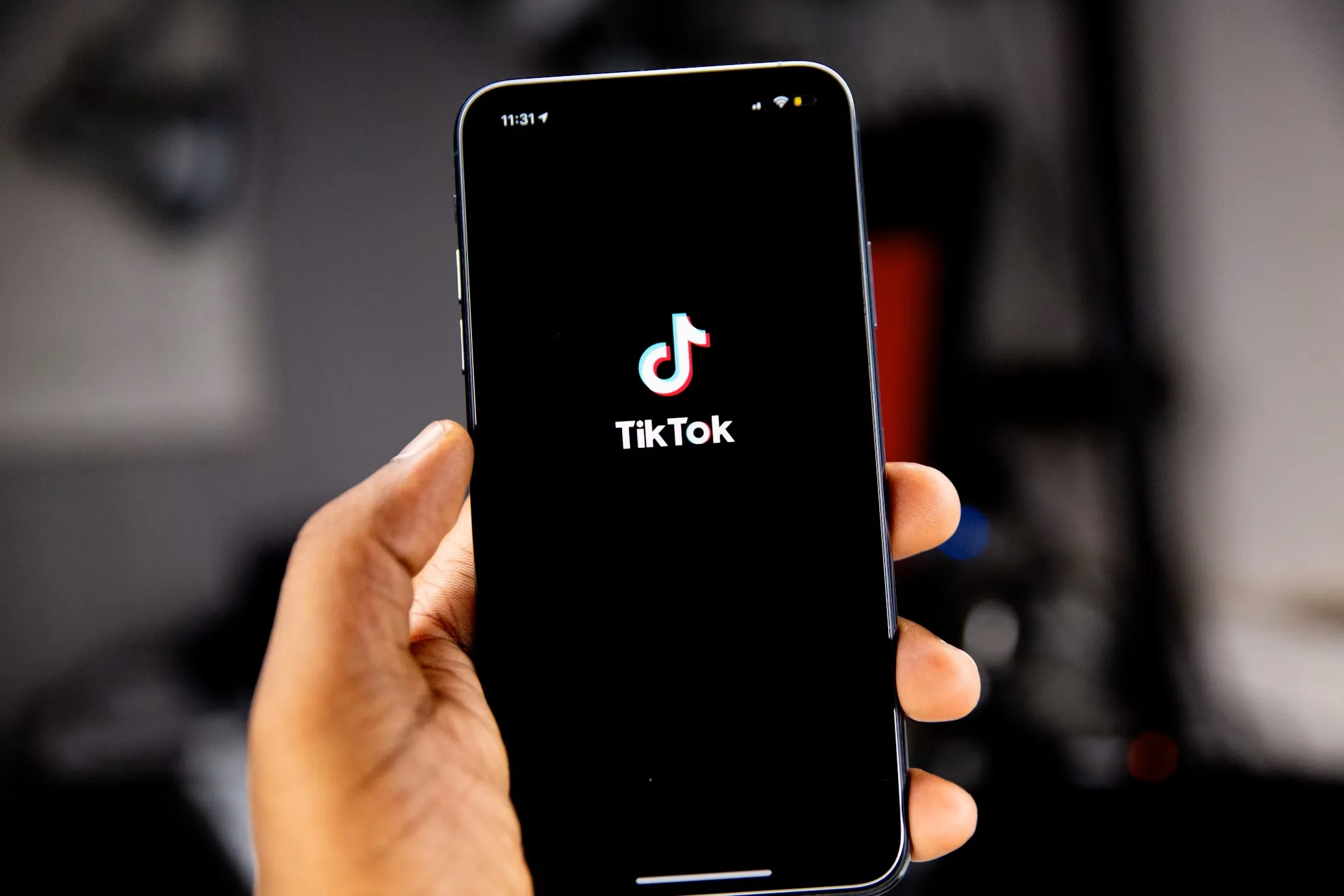
Goat yoga. Forest bathing. Cow cuddling – honestly, Google it. These are just some of the latest trends that promise to improve our health and wellness (whilst simultaneously making a dent in our bank account). Funny that.
It’s
little wonder then, that consumers are increasingly cynical about products that
promise to deliver ‘wellness’. And who can blame them? One cow cuddling website
suggests it’s like a giant fluffy hot water bottle. I’ll stick to the hot water
bottle, thanks.
In
communications terms, confusion surrounding what wellness means could cause food
and drink marketing campaigns centred on the concept to fall on deaf ears
unless brands clearly define – and back with science – how their products
support consumers’ health. People want to know how their food and drink is
made, the nutritional value and how it will help them achieve a better sense of
wellbeing.
But in an industry besieged by strong competition, it can be tempting for some manufacturers to walk the tightrope between truth and a questionable claim to help make the product stand out from competitors. This is a dangerous game. There are strict rules that govern what is and isn’t permitted when it comes to making health and nutritional claims about products. Remember when Pret breached the advertising code, claiming its products were good natural food, when many contained artificial additives? Take the word ‘natural’, for example – it can mean different things to different people. Pret should’ve better articulated why the brand is natural in more than one all-encompassing claim. That’s where credibility in communications comes into play.
At the core of
any successful food and drink marketing campaign is research to back up your
claims. This is familiar territory for Richmond &
Towers, following the successful launch of Vega®, North America’s number one
plant-based protein brand, into the UK. The account team spent more than a year
preparing for the brand’s arrival, working closely with Vega®’s team of
registered nutritionists to define the UK messaging and tone of voice, and
craft a strapline that would convey a holistic, balanced and inclusive approach
to health and wellbeing. The result was ‘Fuel Your Feel Good’ – a comms message
that played out through in-store channels, as well as PR and digital.
Another example is Richmond & Towers’ recent work with English Apples & Pears to launch our An Apple A Day campaign. Why? Because we worked with Tom Sanders, Professor of Nutrition and Dietetics, King’s College London, to provide strong nutritional evidence that we should all enjoy an apple a day. The review identified key health messages that we can confidently communicate to media and consumers.
With
the global market for health and wellness set to reach £632bn by 2021, there is
an undeniable opportunity to leverage health credentials in integrated
campaigns[1].
However, the brands that win shoppers’ trust and avoid scepticism will be those
that root their messaging in strong, substantiated claims. Because, when you’re
told cuddling a cow can help embrace the zen, it’s difficult to know what to
believe…
[1]
Euromonitor International, 2018

Navigating the fast-paced media landscape requires a dedication to innovation and a deep grasp of industry trends. At the heart of this transformation is Artificial Intelligence (AI), a total game-changer reshaping how we handle tasks and workflows. If the thought of this new ‘co-worker’ freaks you out as much as… Read more

We’ve delved into the minds of some of the biggest brand innovators around to uncover their secrets of success and inspiration. Brands aren’t just threads in life’s fabric; they’re engines of inspiration. Behind these brands are some of the world’s most influential leaders, driving change and innovation. That’s why we’ve… Read more

It’s no secret that we’re currently living through the age of social media, where platforms such as TikTok have become more than just entertainment hubs with viral dances and comedic skits — but now a powerful marketing influence that’s totally shaping consumer behaviours and trends, particularly in world of grocery… Read more